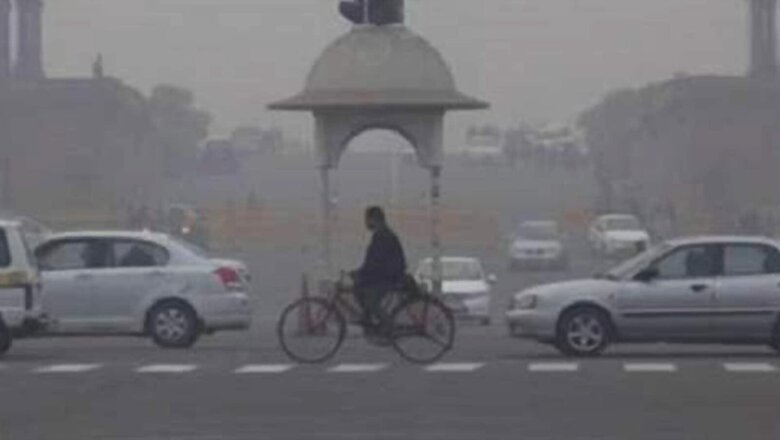
views
Delhi’s air quality remained “very poor” for the second consecutive day on Wednesday and likely to take a turn for the worse over the next two days even if no firecrackers are burst on Diwali, authorities said on Wednesday. While SAFAR said the air quality may become ‘severe’ on November 5 and 6 if firecrackers are burnt, an official from the India Meteorological Department said model predictions do not indicate the AQI reaching the ‘severe’ category “even with higher emissions”.
According to the Central Pollution Control Board, the capital recorded a 24-hour average air quality index (AQI) of 314. It was 303 on Tuesday and 281 on Monday. The neighbouring cities of Faridabad (337), Gurgaon (330), Ghaziabad (353) and Noida (327) also recorded very poor air quality.
An AQI between zero and 50 is considered ‘good’, 51 and 100 ‘satisfactory’, 101 and 200 ‘moderate’, 201 and 300 ‘poor’, 301 and 400 ‘very poor’, and 401 and 500 ‘severe’.
The Ministry of Earth Sciences’ air quality forecast agency SAFAR said 3,271 farm fires accounted for eight per cent of Delhi’s PM2.5 pollution on Wednesday. It is likely to increase to 20 per cent on Thursday and further to 35 to 40 per cent on Friday and Saturday with the wind direction changing to northwest, it said. Northwesterly winds carry smoke from farm fires in Punjab and Haryana towards the national capital.
Last year, the share of stubble burning in Delhi’s pollution had peaked at 42 per cent on November 5. In 2019, crop residue burning accounted for 44 per cent of Delhi’s PM2.5 pollution on November 1. “Very calm local Delhi wind conditions with little ventilation is expected for the next three days,” SAFAR said.
Under a zero firecracker emission scenario, Delhi’s PM2.5 concentration is predicted to be in the upper end of the ‘very poor’ category from November 4 to November 6. “However, even if we consider 50 per cent of firecracker load of 2019, the AQI is predicted to degrade to the ‘severe’ category during the period,” SAFAR said.
The PM2.5 concentration in the national capital can surpass 500 micrograms per cubic metre on November 5. The safe limit is 60 micrograms per cubic metre.
Read all the Latest News , Breaking News and IPL 2022 Live Updates here.










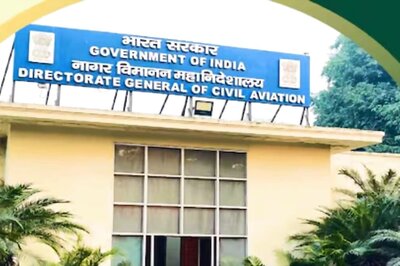




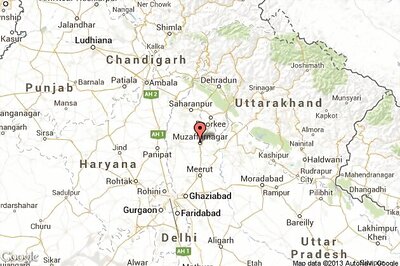
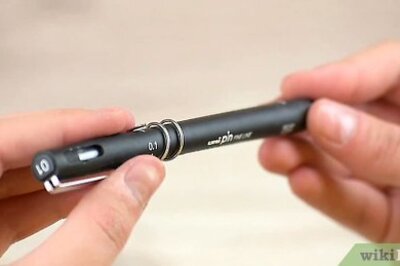
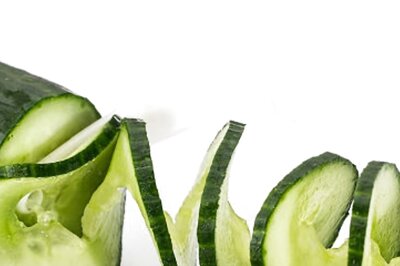

Comments
0 comment